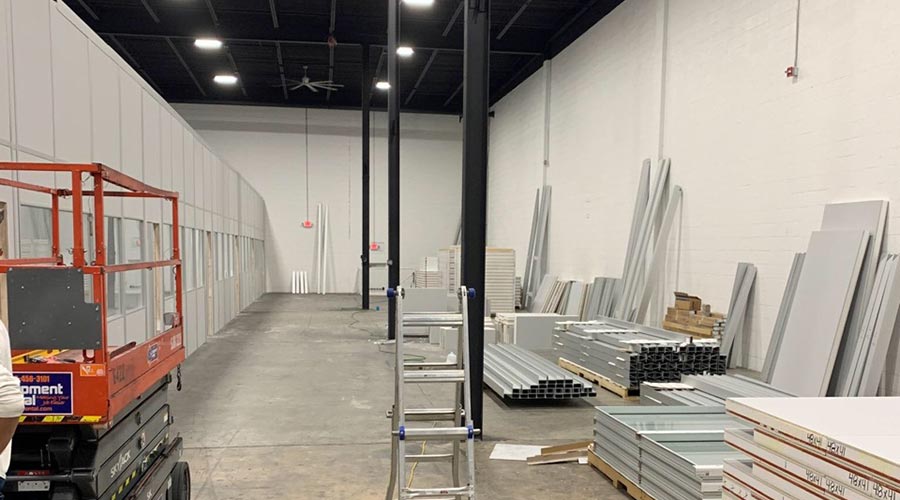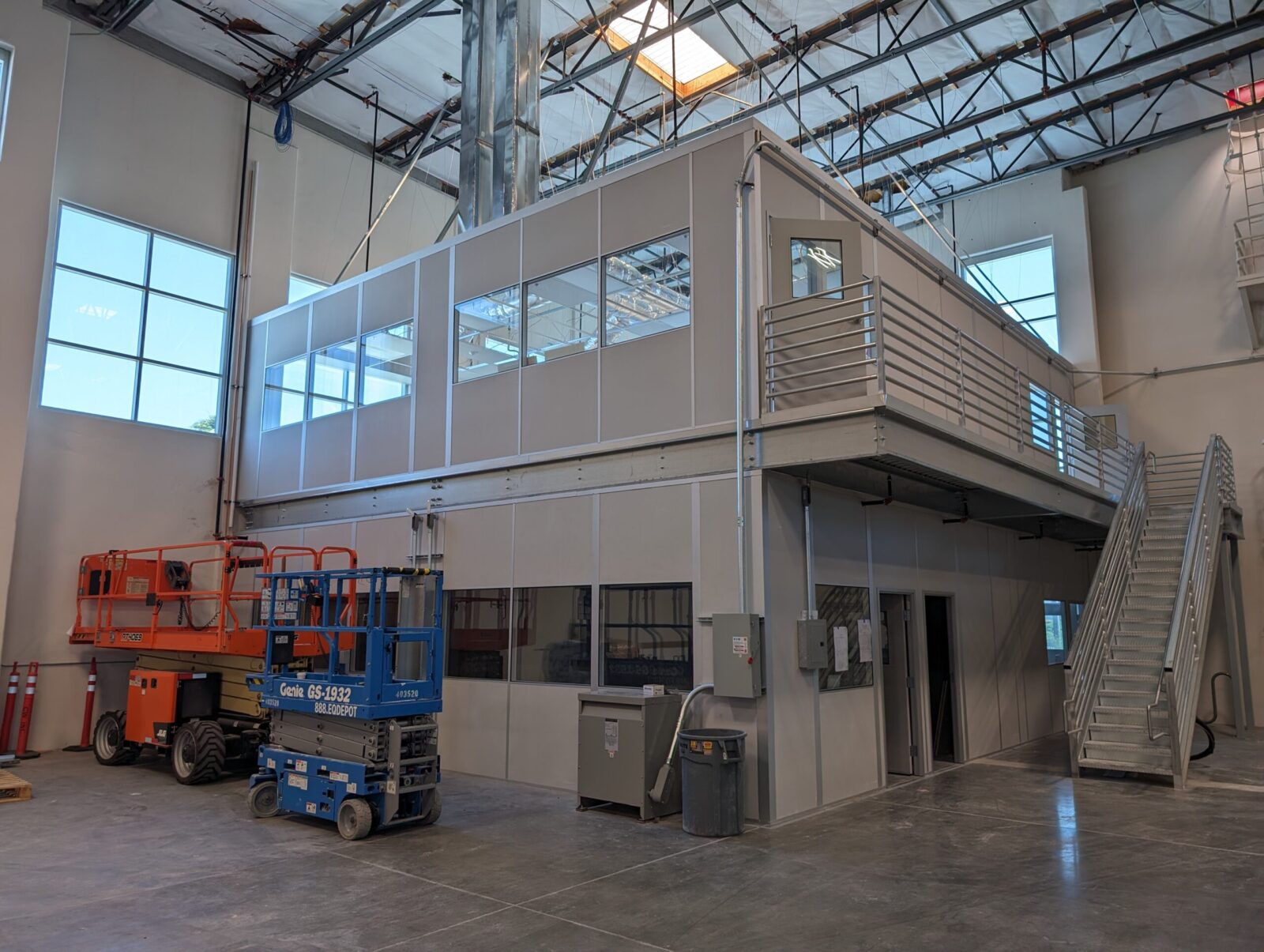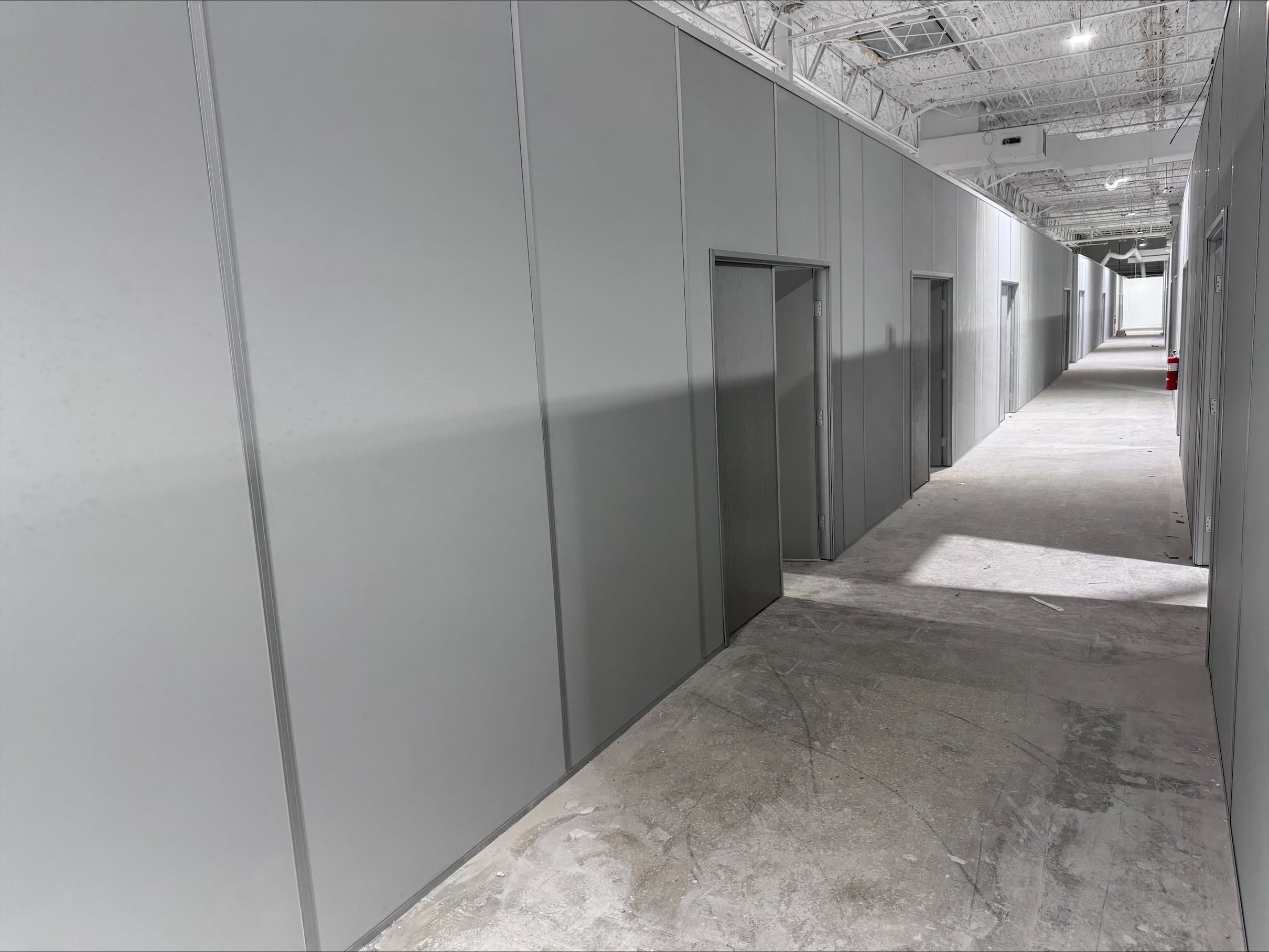What if you could reduce your construction costs by up to 20% and complete projects up to 50% faster? This isn’t just a hypothetical scenario. With modular construction, it’s the reality. Cost savings are achieved through faster project timelines, lower material waste, and reduced labor costs, with tax savings as an added bonus. In this article, we’ll cover how modular construction makes this a reality.
What is Modular Construction?
Modular construction is a method to create buildings using an off-site environment, such as a plant or factory, to create prefabricated modules (sections) of a building that are then shipped and assembled at the construction site.
Unlike traditional construction, which is usually done completely at a construction site, modular construction speeds up the timeline by working on different parts of the project (simultaneously) both on-site and off-site.
How Does Modular Construction Save Costs?
Time Savings
The most obvious way that modular construction saves on costs is through the reduction in project timelines. In fact, McKinsey & Company estimate that it can cut schedules by 20 to 50%.
While traditional construction jobs might face delays because of weather conditions, labor shortages, and other on-site factors, modular construction can continue off-site without interruption. As we noted in our definition of modular construction, site preparation and the manufacturing of modules can happen at the same time.
Material Costs

Modular construction can also lead to savings in material costs. Within a factory, precise measurement and accurate cutting of materials are routine, which, as you might expect, reduces overall waste.
In fact, a comprehensive study by the Waste & Resources Action Program (WRAP) discovered that modular construction can reduce waste of materials such as timber, cardboard, plastics, and concrete by up to 90% when compared to traditional construction.
Similarly, because much of the work for modular buildings is done within a factory, bulk purchasing of materials is possible, and results in further lowering of costs.
Labor Costs

Another area where modular construction yields savings is in labor costs. This is because building modules off-site requires fewer workers. As a matter of fact, the McGraw-Hill Construction report ‘Prefabrication and Modular Construction 2020‘ found that modular construction can reduce labor costs by 16% to 25%.
Tax Savings

Tax benefits are yet another way that modular construction leads to cost savings, particularly because of faster depreciation.
In the United States, certain modular buildings can be classified as tangible personal property. This allows them to be depreciated over 7 years instead of 39. This accelerated depreciation results in higher depreciation deductions, which of course, reduces taxable income.
The Bottom Line
Modular construction results in cost savings that are hard to ignore when choosing between it and traditional construction. This is due to shorter project timelines, reduced waste, lower labor costs, and certain tax advantages. As more people catch on to the economic advantages of modular construction, it is likely to become a more popular choice for projects of all sizes.
Ready to save? Contact the modular construction experts at Allied Modular for a free quote today.




